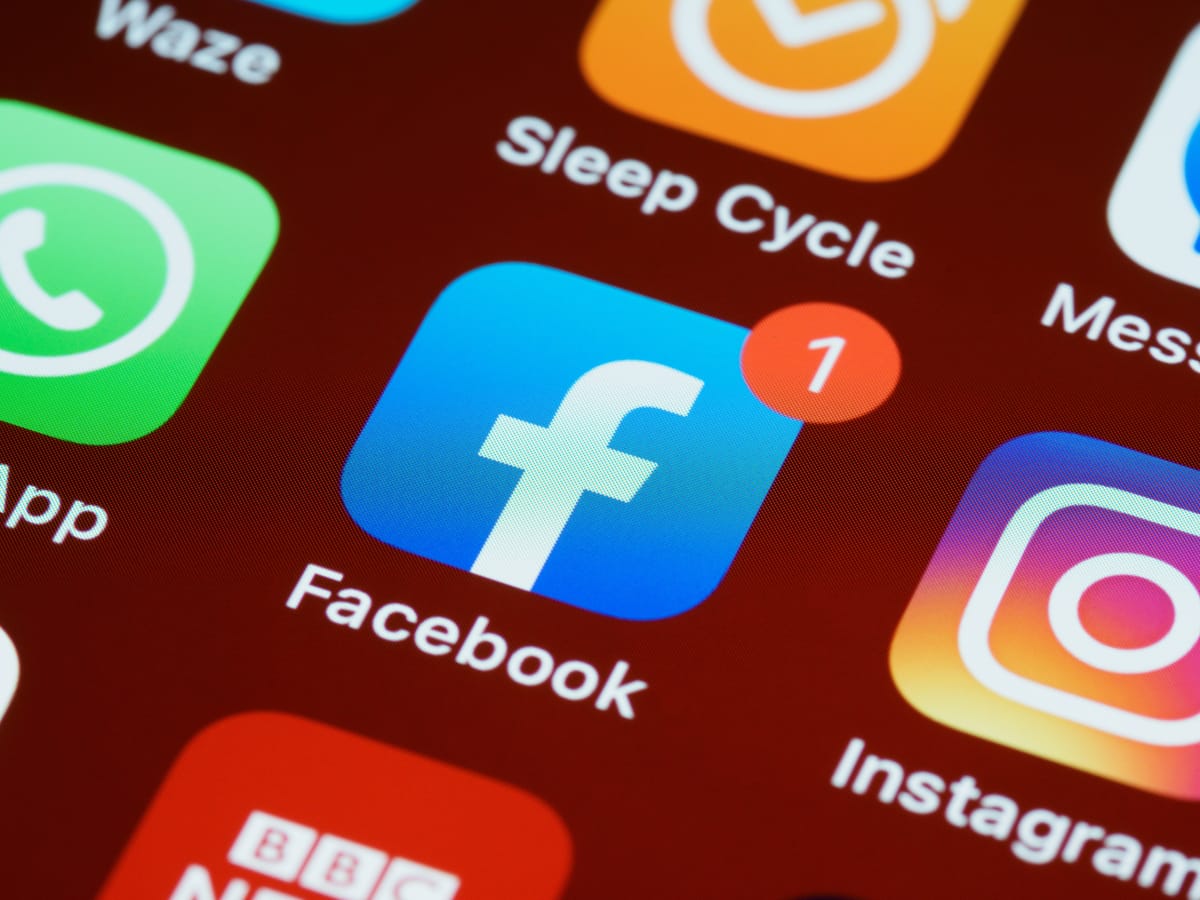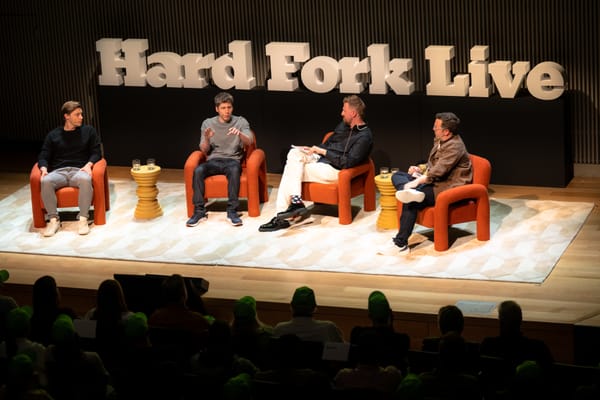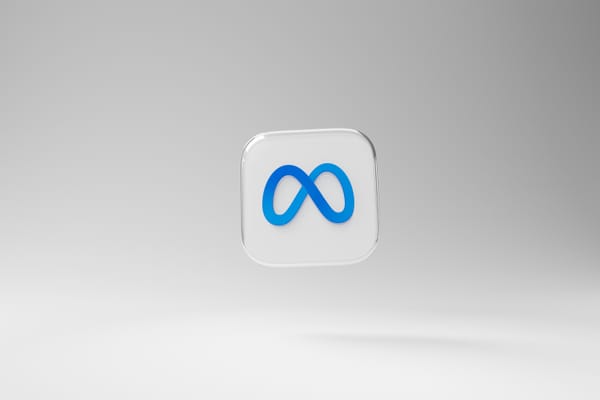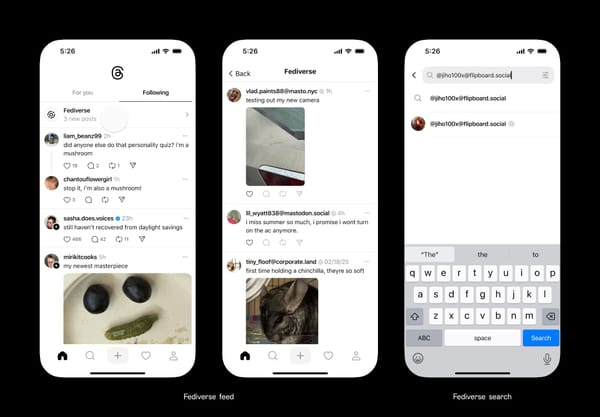The Facebook Papers' missing piece
A former integrity worker on Facebook's internal "posting culture" and why it's easy to misread the Haugen leaks

Tuesday saw another dozen articles published as part of the Facebook Papers. By and large, these were greeted with the same response that Monday’s were: with requests for someone else to read them and let us know if there’s any news in there.
One piece that managed to break through was this one, in the Washington Post, which looked at documents that describe how Facebook weights different emoji reactions in the News Feed. When they launched five years ago, Facebook weighted reactions other than the standard like button (“angry,” “sad,” etc.) five times more valuable, and thus much more likely to show up in your feed.
By 2019, though, the company’s data scientists had found that while posts containing “angry” reactions were more likely to engage users, they were also “disproportionately likely to include misinformation, toxicity and low-quality news,” the Post reports. The company eventually slashed the weight of an angry reaction to zero, while maintaining elevated weights for “love” and “sad.”
Like many of the Facebook Papers stories so far, the Post’s offers a fascinating case study in unintended consequences. But for a former Facebook integrity worker I spoke with, the story also triggered a concern about the way the papers are being reported on generally. My point here is not to pick on the Post, which I think made a valuable contribution here to the journalism around the Facebook Papers. But I do think this feels like a moment to smarten up about the relationship between the Facebook Papers and Facebook itself.
The coverage so far — my own included — reflects a naïveté about the role of Workplace posts in Facebook’s internal culture, this former employee told me. Some posts are simply much more credible than others, they said, based on a variety of factors. But because the names (and therefore job titles) of employees are redacted in the documents, it can be very difficult to sort out how much credibility to assign to any particular file.
Of course, Facebook executives have been saying this publicly since the Wall Street Journal began publishing the Facebook Files. But the former employee walked me through what they called “the posting culture” of Facebook in a way I found illuminating. Their point wasn’t that the documents aren’t newsworthy — just that reporters should add more context when reporting on them. In particular, Workplace — a clone of Facebook that the company uses to manage its internal collaboration, and sells as a service to other companies — shapes the organization in ways that are rarely commented upon.
A lightly edited version of our conversation is below.
Casey Newton: So what’s your beef with the coverage?
Former Facebook integrity employee: Something missing from the Facebook Papers discourse is placing Workplace posts in the proper organizational context.
These are being described as Facebook Papers and Facebook Files and Leaked Documents, but really the right way to understand them (for the most part) is they are posts and comment threads. And I think that the hyper-collaborative culture driven by Workplace is probably alien to a lot of people, who don't understand the Poster's culture that thrives at Facebook.
I would love to hear more about this.
Basically: anyone can post anything about anything at any time, and their posts might be good or bad or not terribly well thought out, and they might not have very much context about the thing they're posting about.
So a lot of what is getting described as "internal debate" is really just posters posting because they are procrastinating from doing their real job. It doesn't mean it's not important or not worth looking at, but a lot of the Facebook Papers are given a lot more gravitas than they probably deserve. These are off-the-cuff conversations between people who for the most part are not involved with deliberations or decision-making, but just wanted to weigh in because an announcement post happened to come across their (algorithmically sorted and optimized for engagement) Workplace feed.
Why does Facebook have a “poster’s culture,” do you think? What are the incentives?





